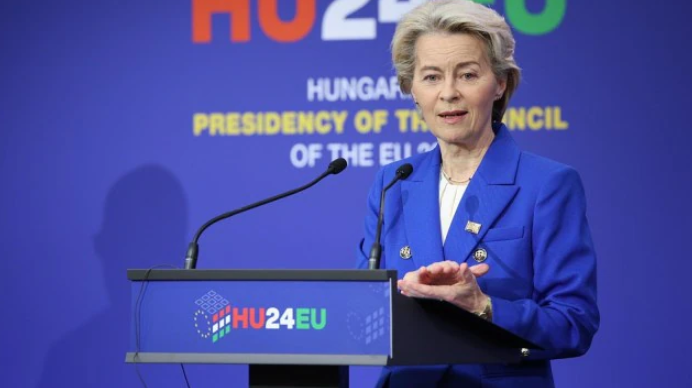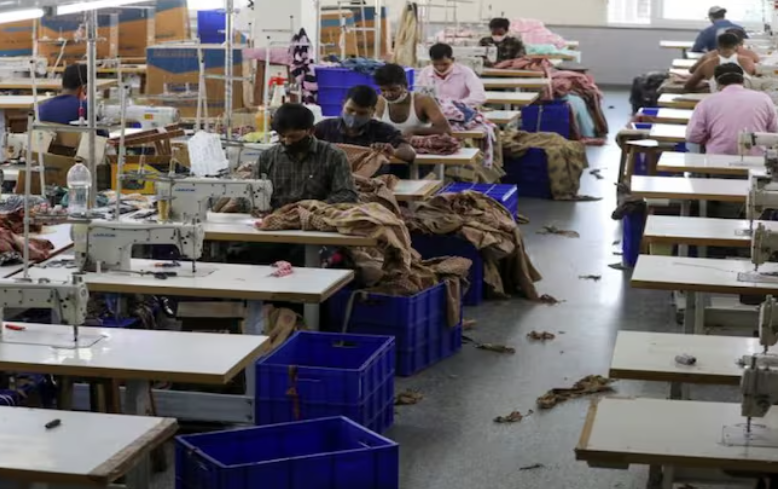NEW DELHI: The European Union (EU) is actively seeking to lower tariffs on key products such as whiskey, wine, and cars as part of its ongoing negotiations for a Free Trade Agreement (FTA) with India.
This will be a central discussion point for the 27-member bloc as they aim to secure a comprehensive and commercially meaningful trade deal. The EU’s College of Commissioners, led by European Commission President Ursula von der Leyen, will visit India on February 27-28 to advance these negotiations.

Following nine rounds of negotiations, the EU and India are getting ready for the tenth round, which is set for March 10-14 in Brussels. This FTA, if it is completed, will be the biggest trade deal for India and will greatly expand market access for labor-intensive industries, including leather, textiles, and marine products. This agreement is anticipated to significantly increase India’s exports to the EU, which is the country’s second-largest export market after the US.
ALSO READ: Pope Francis health: slight improvement amid severe condition
Carbon Border Adjustment Mechanism (CBAM) Concerns
The proposed EU Carbon Border Adjustment Mechanism (CBAM), which seeks to impose a border tax on carbon-intensive goods, is one of the main topics of discussion in the negotiations. India’s trade may be impacted by this system, which is scheduled to go into effect next year. Small and medium-sized businesses (SMEs) in industries like steel and aluminum may be most impacted. Due to embedded emissions in their products, India has voiced reservations about the CBAM, claiming that it will put an extra burden on companies operating in developing nations.
India is advocating for concessions for its SMEs and is pushing back against the CBAM. The country is also seeking greater access to the EU’s services market and opportunities for skilled labor mobility. The EU, on the other hand, is pressing for stronger commitments from India on tariffs, non-tariff barriers, and procurement rules.
ALSO READ: Canada’s new visa regulations: impact on Indian students and workers
Optimism for Successful Conclusion of EU-India FTA
The negotiations have been ongoing since May 2021, when Indian and EU leaders agreed to revive talks for a “balanced, ambitious, comprehensive, and mutually beneficial” trade deal.
The EU recently provided tariff concessions to the Mercosur bloc under a trade deal, and India is eyeing similar benefits. Indian textile exports currently face a competitive disadvantage compared to countries like Bangladesh and Vietnam due to an additional 10% tariff in the absence of an FTA. A deal with the EU would level the playing field for Indian textile manufacturers.

Beyond trade in goods, the EU and India are also negotiating an investment protection agreement and a geographical indications (GI) agreement. These discussions aim to address longstanding market access challenges and enhance economic cooperation between the two regions.
ALSO READ: US joins Russia in UN vote against Ukraine resolution
As the tenth round of negotiations approaches, both sides remain optimistic about reaching a deal. However, bridging the gap in trade expectations and addressing concerns over the CBAM will be crucial for the successful conclusion of the EU-India FTA.
The upcoming discussions in Brussels will be pivotal in determining the trajectory of this long-pending trade partnership, which holds significant potential for both economies.










